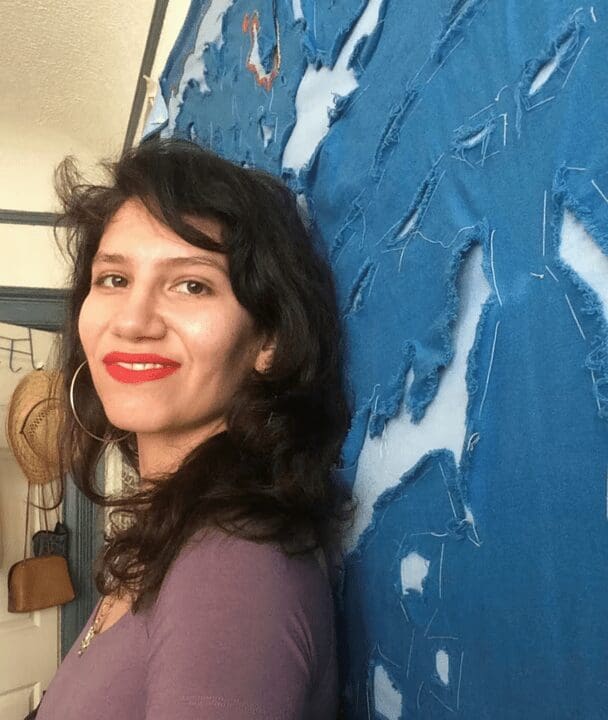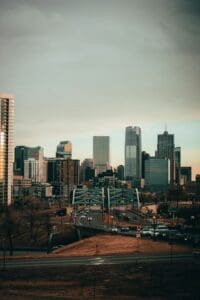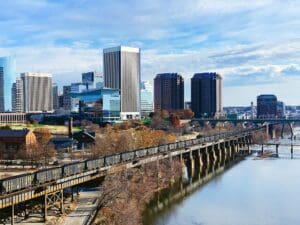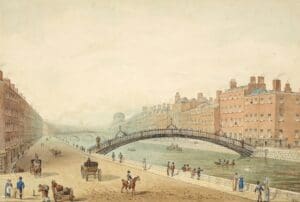By: Hakim Bishara
See original post here.
Tatiana Luboviski-Acosta has learned to perfect the art of the hustle. Born in Mexico and raised in Los Angeles, the San Francisco-based poet and visual artist has been working since the age of 14 to support their family. (They use the pronouns they/them.) They’re still the main provider for their mother and sister, working at a café in San Francisco’s Mission District and picking up side-gigs, limiting their time for making art.
“I’m 31 years old and I’m exhausted,” Luboviski-Acosta says in a FaceTime conversation after finishing a shift at the café.
In 2020, friends urged Luboviski-Acosta to apply for San Francisco’s new guaranteed income pilot programme for artists. Organised by the Office of Racial Equity, the city’s Arts Impact Endowment and the Yerba Buena Center for the Arts (YBCA), the programme provides a no-strings-attached $1,000 monthly stipend for 130 selected artists for six months. It has since been extended and expanded with a gift from Twitter co-founder Jack Dorsey’s #StartSmall foundation.
Luboviski-Acosta initially resisted the idea, shifting between stubborn pride and a lack of faith in their chances of being accepted. Just before the deadline, they applied and were accepted. “I thought it was a mistake,” the artist says. “When the first payment came in, I kept refreshing my bank statement, thinking this can’t be real. $1,000 is a significant amount for me.”
The guaranteed income pilot has transformed Luboviski-Acosta’s life and the lives of others around them: they helped their mother and sister pay for rent and medical treatment, bailed a friend out of jail and even put some aside for savings.
Universal basic income (UBI) programmes are proliferating in the US, with at least 33 publicly or privately funded initiatives providing direct payments to low-income residents by late 2021. Guaranteed income programmes for artists are far less common, but they have gained traction in the past two years. Soon after San Francisco launched its pilot, the Minnesota non-profit Springboard for the Arts began distributing $500 paychecks to 25 local artists in the city of Saint Paul for a period of 18 months.
In February, the $125mn programme Creatives Rebuild New York (CRNY) became the country’s largest guaranteed income programme for artists when it opened for applications. This was on the heels of New York’s $25mn New Deal-inspired employment programme for artists, City Artist Corps, versions of which have been recently announced in Seattle and other cities across the US. Starting this summer, CRNY will give $1,000 monthly payments to 2,400 local artists over the next 18 months.
The programme will also fund the salaries of an additional 300 artists, who will be employed by community-based organisations across the state, for two years. Each will receive an annual salary of $65,000, a rate commensurate with New York state median household income, in addition to benefits and dedicated time to focus on their practice. The massive programme is supported by $115mn from the Mellon Foundation, $5mn from the Stavros Niarchos Foundation and $5mn from the Ford Foundation.
It is not just the US. Ireland has recently set in motion its €25mn Basic Income for the Arts pilot, which will give weekly payments of €325 to 2,000 artists over a period of three years. The three US programmes, which have been in dialogue with each other during their planning phases, follow similar guidelines for their application and selection processes.
The applications were simplified for the sake of inclusion: for example, applicants are not required to demonstrate their achievements as artists. “It’s not a merit-based programme. We’re not putting artists in competition with each other,” says Sarah Calderon, executive director of CRNY. “Applying for grants can be difficult for folks. This hopefully makes it more accessible.” CRNY does, though, conduct a rigorous verification process of the selected artists, requiring documentation about their income, statements regarding their commitment to their artistic practice, and more. In all three programmes, the final grantees are selected randomly, though CRNY’s pre-selection process prioritises underserved demographics.
That has raised criticism among artists and activists who worry the funds might not necessarily go to the people who need them most, particularly historically marginalised groups such as people of colour and disabled artists. Stephanie Imah, who leads the San Francisco pilot programme at YBCA, defends the randomised selection as the best way to avoid what some have already called an “oppression Olympics”: “When you start to select who gets access to these funds, it becomes very similar to traditional grantmaking, which tends to underfund and exclude the communities that actually need them.”
As a publicly funded programme, the San Francisco pilot was not allowed to favour applicants based on race or gender. Imah and her staff worked around this obstacle by using metrics such as income status and zip code to reach out to populations in need.
It seems to have worked: about 95 per cent of the selected artists are either people of colour, LGBT+ or people with disabilities.
That problem does not exist for the privately funded CRNY, which asked applicants to state their race and ethnicity.
Another challenge that the guaranteed income programmes face is risking conflict with other welfare programmes. Many of the state-funded programmes that offer food, housing assistance and other social benefits bar those receiving basic income, forcing recipients to choose between one or the other. But the biggest problem these programmes face is the overwhelming demand.
More than 22,000 people applied for the CRNY’s guaranteed income and 2,500 did for San Francisco’s. That has left a lot of disappointed applicants, some in desperate need of assistance. “There has been some deep frustration from folks who have not been chosen for guaranteed income,” Calderon says, adding that many expressed their disappointment in emails to her staff. “It’s heartbreaking. I think the randomised selection gave people a feeling that they have no control over the process.”
But the ones who were lucky enough to get the guaranteed income are grateful. Éamon McGivern, a San Francisco-based painter, says he had lost his housing in “a closet under the stairs of a punk house” just before being selected for the pilot. Now he lives in a two-bedroom place with a roommate and can afford to rent a studio space for his work. “Everyone I know applied; I feel guilty that I got it,” McGivern says. “If it weren’t for this programme, I don’t think I could’ve done any work as an artist.” Luboviski-Acosta currently has six months left of guaranteed income. When asked how they will get by after that, the artist says, “I’ll probably do what I always do — hustle and make it work.”





















